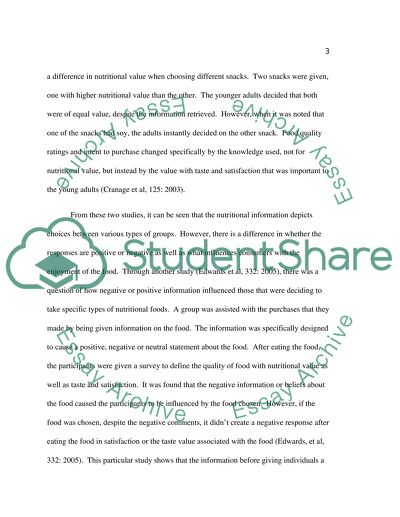Cite this document
(“A literature review about the role of nutrition information in Research Paper”, n.d.)
Retrieved from https://studentshare.org/family-consumer-science/1407101-a-literature-review-about-the-role-of-nutrition
Retrieved from https://studentshare.org/family-consumer-science/1407101-a-literature-review-about-the-role-of-nutrition
(A Literature Review about the Role of Nutrition Information in Research Paper)
https://studentshare.org/family-consumer-science/1407101-a-literature-review-about-the-role-of-nutrition.
https://studentshare.org/family-consumer-science/1407101-a-literature-review-about-the-role-of-nutrition.
“A Literature Review about the Role of Nutrition Information in Research Paper”, n.d. https://studentshare.org/family-consumer-science/1407101-a-literature-review-about-the-role-of-nutrition.


